Sister Mary Emmanuel 1875 - 1950
Introducing Sr Mary and her siblings, Srs Christian and Veronica
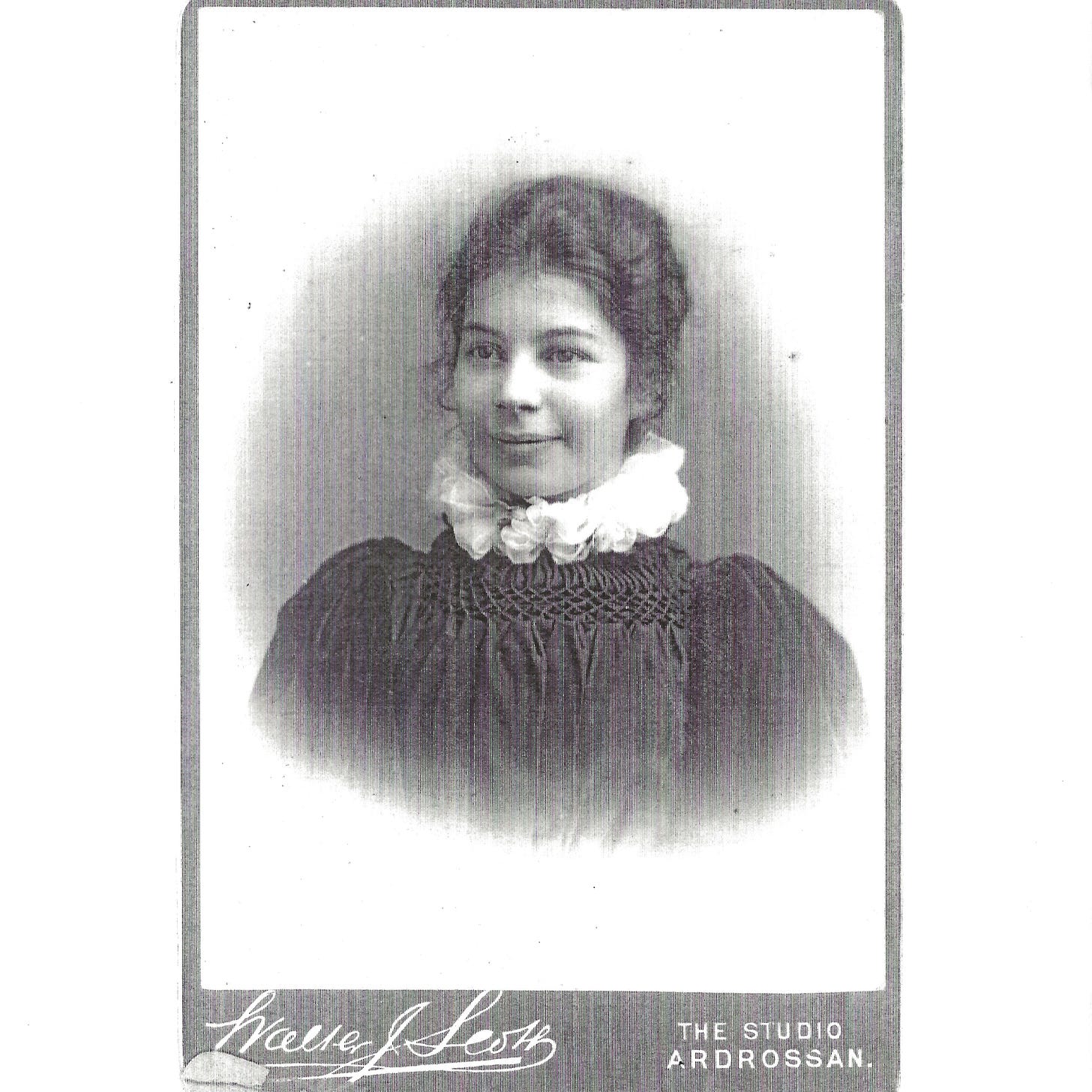
Mary Cook (1875 - 1950) was one of seven siblings who grew up in Saltcoats, Ardrossan, a town in Ayrshire, Scotland. Their father was a law and bank agent. Her middle class family background was fairly typical of those drawn to join Adela Curtis’ communities. Mary’s older sister, Margaret Christian (known as Sr Christian) and younger sister Ann Eliza (Sr Veronica) were also involved in the School of Silence in London and Cold Ash, Berkshire. Sr Unity knew them then and wrote about them many years later, in her characteristically generous way:
‘Three Scots, all outstanding personalities, entirely different from each other. Christian was an artist in the process of illustrating Walt Whitman’s “Leaves of Grass”. (I have a copy of this.) Robert [Sr Unity’s husband] and I purchased six originals from her and I still have five, the sixth having been lost in the Blitz. Mary Goodwin may have been the eldest of the three – she was the only one who went with the Community to Burton Bradstock. I have no idea what happened to Christian and Veronica. Veronica was a great character with a fine, contralto voice. Very good to me and the one I remember most vividly, partly because of her fearless nature, great sense of humour and clarity of vision.’
If you are interested, have a look at examples of Sr Christian’s artwork for the Walt Whitman book mentioned above.
Mary married Ernest Goodwin in 1909 when she was 34 and he was 32. They did not have children. They were both on the General Council of the School of Silence in 1914 and there are a number of photos taken of them at Cold Ash.

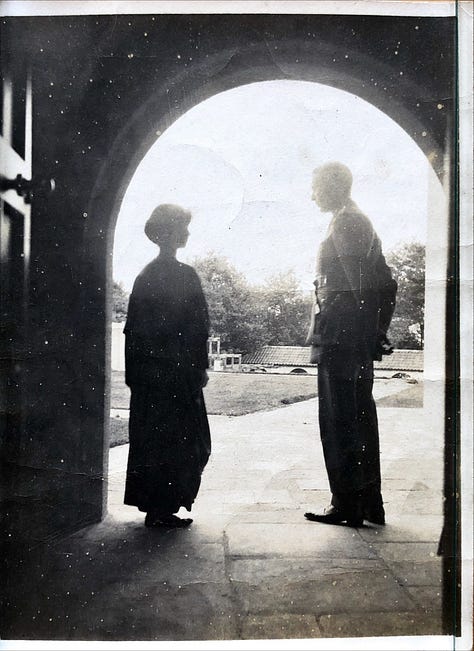
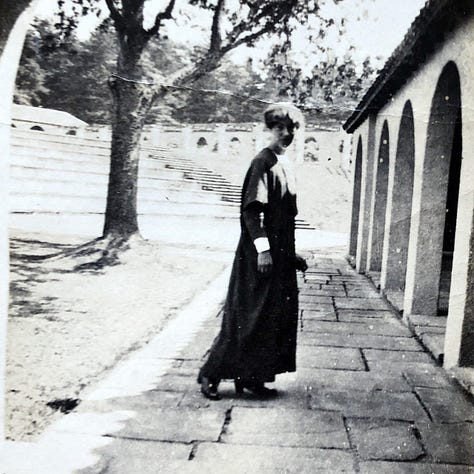
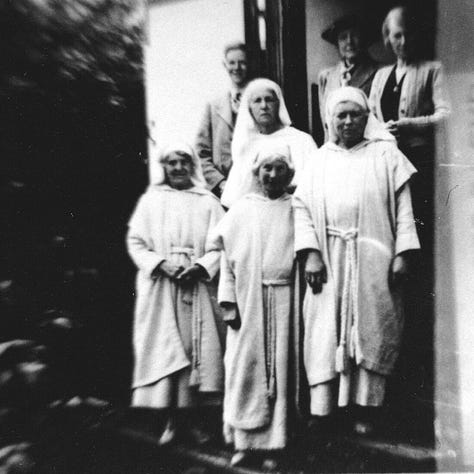

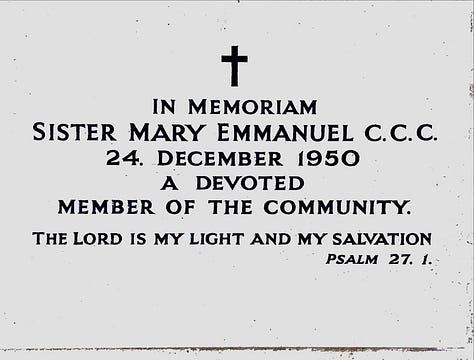
Sadly the marriage had foundered by the early 1920s, when Ernest had a child with another woman. Mary and Ernest divorced, he married the mother of his child and they went on to have a number of children together. Very interestingly, one of these children remembered meeting Christian and Veronica when they were playing in an orchestra at a pantomime and they sent tickets for Ernest’s children to attend. (It was one of Ernest’s grandchildren who told me this story. It would seem to suggest that eventually there weren’t bad feelings between the two families. Likewise, it was Ernest’s family that had kept the picture of Mary as a young woman in their possession.)
I would not presume to guess why the relationship between Mary and Ernest fell apart but I think it is relevant to reflect on what impact some of Adela’s teaching might have had generally on the married members of the community and on those who desired a sexual partner. In an article which was published in 1919, called Of the Peace of Littleness in Sleeping, Adela argued that the desire that the opposite sexes experienced for one another should be transmuted, in other words, its direction should be altered so that it is focussed on God instead. This could happen, she wrote, if a person were to,
Listen to the Word with all your heart, with all your mind, and with all your strength, and you will hear that it does not tell man to deny his desire, but rather invites him to change its direction. The Lord of the body says ‘Come unto Me and I will give you rest’. Look with open eyes at man’s desire for woman, and at woman’s desire for man. What is it that each is really seeking? Rest, Comfort, Beauty, Peace, Perfection, Wholeness, Joy, Infinity, of Life and Love. These heavenly states of feeling can only come to the soul by inspiration from the Divine or Superconscious Self within. [Italics and Capitalised words are Adela’s own.] [pp30/31]
Adela was almost certainly naturally ascetic in nature and I am not aware as yet that other New Thought teachers advocated this approach. This was probably part of her own particular teaching, which in general was demanding.
Mary lived in the community at Burton Bradstock and for a time in the 1930s she was in charge of the main house and known as Warden Emmanuel. When Lily Cancellor, Adela’s greatest friend, died unexpectedly at the end of 1938, it rocked the whole community. Adela struggled without Lily, the people-person, to smooth things along and in the early Spring of 1939 she demoted Mary from her role in the house because she seemed to have no energy for it. Mary had also been close to Lily and it is likely she was grieving or perhaps depressed as a result. Later in the year there was a big falling out between Adela and most of the sisters, after Adela discovered that supplies of tea, which had been bought as emergency stores in case of war, had been consumed by the community. Mary withdrew to her hut for a while as the dust settled. She remained part of the community during WWII and eventually died in 1950, one of the last to live on site.


